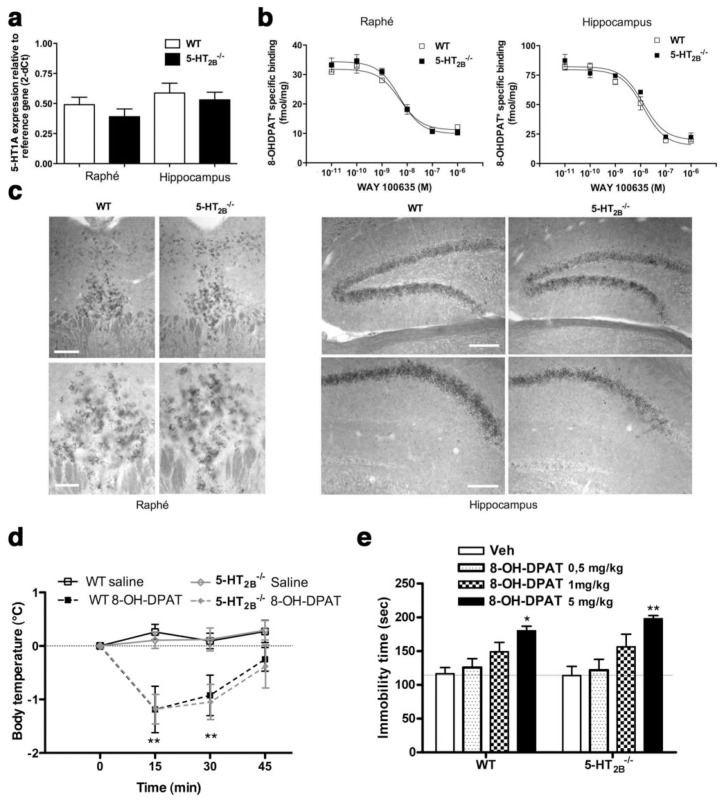Figure 4. Expression, affinity, and functionality of 5-HT1A receptors are similar in WT and 5-HT2B−/− mice.
(a) Expression of the 5-HT1A receptor was evaluated by qPCR in raphe nucleus and hippocampus and no significant difference was found between WT and 5-HT2B−/− mice. (b) As well, binding assay with the 5-HT1A agonist 8-OH-DPAT on membranes prepared from the raphe and hippocampus showed no differences between genotypes. (c) In situ hybridization of 5-HT1A receptors in the raphe (top: scale bar, 50μm; bottom: scale bar, 5μm) and in the hippocampus (scale bar, 50μm) of WT and 5-HT2B−/− mice show similar patterns and levels of expression in either genotype. (d) 8-OH-DPAT (0.5 mg/kg, i.p.) induced a similar time-dependent hypothermic response in both, WT and 5-HT2B−/− mice. (e) In the FST, different doses of 8-OH-DPAT (0.5, 1, and 5 mg/kg, i.p.) induced similar responses in WT and 5-HT2B−/− mice. * p <0.05; ** p <0.01; data is expressed as mean ± SEM; n = 4 (a–b); 8–9 (d); 7–10 (e) mice per group.

